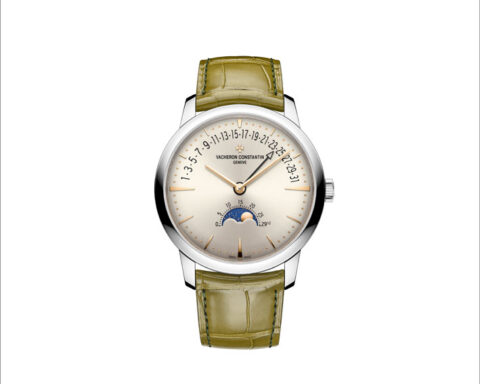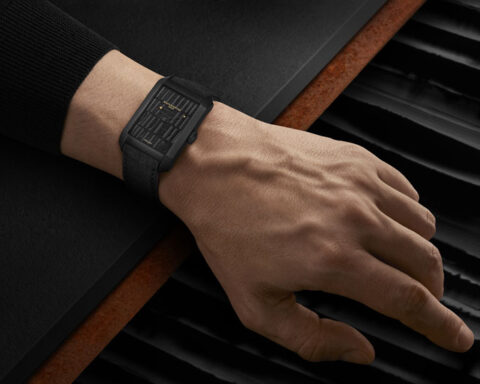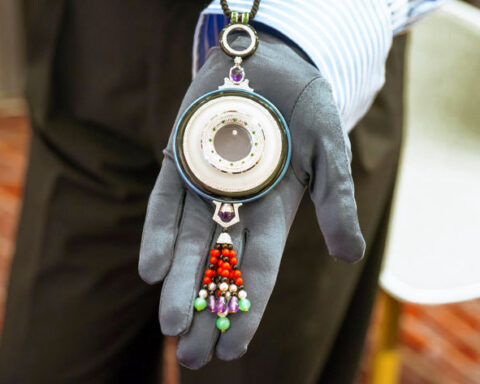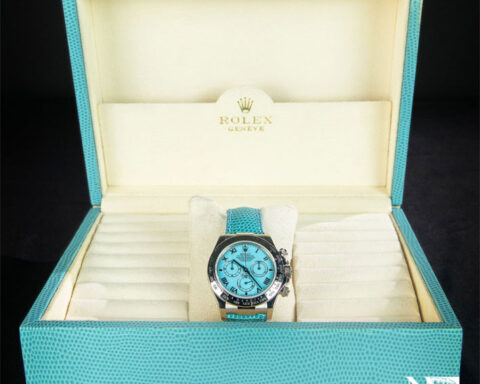India, a country with punctual growth like a Swiss watch. This is what emerges from a report by the consultancy giant Deloitte. According to the analysis entitled Deloitte Swiss Watch Industry Study 2023, the Swiss watch industry sets new export records and confirms its significant transformation. After a strong 2022, with watch exports rising to an unprecedented level of almost 25 billion Swiss francs, strong growth continued in the first eight months of this year. Despite the boom in e-commerce, 62% of brands expect in-store sales to dominate over the next five years and plan to expand their retail operations. And in this panorama, India is the market with strong potential for the coming years. In the first eight months of 2023, the subcontinent recorded an above-average increase in sales of 18% and is expected to enter the top ten Swiss export markets within a decade.
Exports
Switzerland’s top ten export markets continued their growth trajectory in the first eight months of 2023. The United States, however, remained the most important market for Swiss watches, with exports reaching almost 2.7 billion Swiss francs and an increase of almost 10% compared to 2022.
China also saw similar growth of 9.3% over the same period, but exports are still 7.5% below 2021 levels. Watch industry executives have mixed views on China, with forecasts of growth and decline equally divided. Of the 75 executives surveyed, nearly four in ten said that lost sales volumes due to reduced travel by Asian consumers had impacted their business over the past 12 months.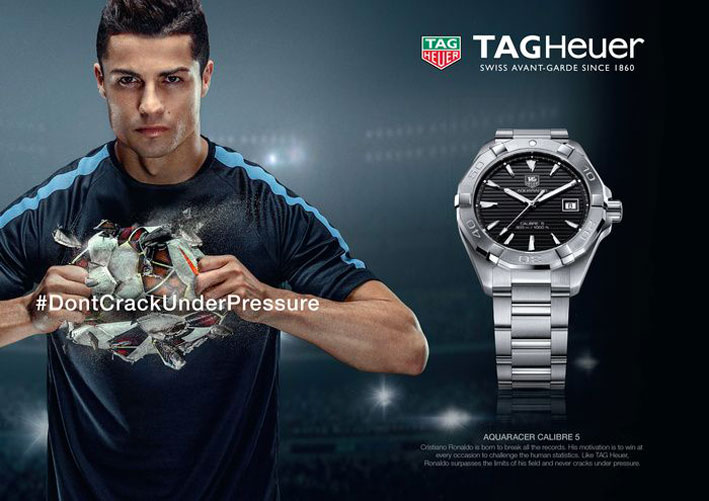
2024
When asked about the outlook for the next 12 months, the majority of Swiss watch industry executives considered the outlook optimistic for both the Swiss economy (60%) and its main export markets (59%). However, compared to economic forecasts, the industry is less confident about its prospects than it was a year ago. Only half of participants reported feeling positive (compared to 57% in 2022), while a quarter responded feeling negative. Most executives cited geopolitical uncertainty (84%), followed by inflation and the cost of living crisis (both at 69%) as the main reasons for this sentiment. For the following year, top managers consider the shortage of qualified personnel as an important risk factor. Furthermore, suppliers have stated that they want to increase both production capacity and the number of employees in Switzerland.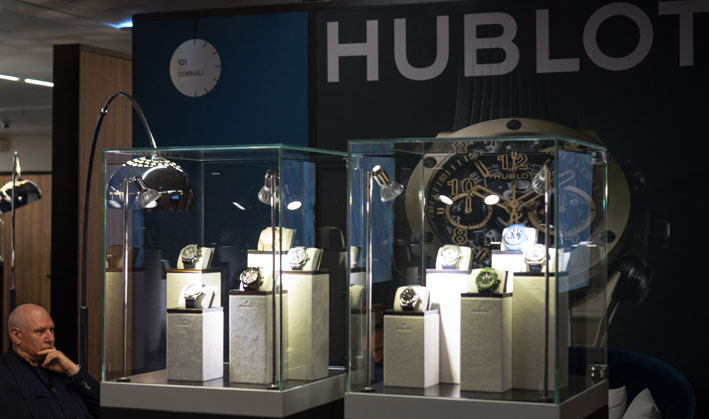
Analog and digital
Direct, in-person contact between watch brands and their end consumers through physical stores, pop-up outlets and watch fairs remains key. Consumers mainly buy watches in stores to touch, test and try them on (52%), while 43% prefer contact with sales staff. In particular, the relational element and human contact are relevant for European consumers: Switzerland (51%), France (49%), Italy and Germany (both 48%). Most brands and retailers (62%) agree that offline sales will continue to outpace online sales over the next five years, with differences by price segment. In general, the more expensive the watch, the more likely the customer is to purchase it offline. Most brands invest in growing their retail space, whether in flagship stores or multi-brand outlets.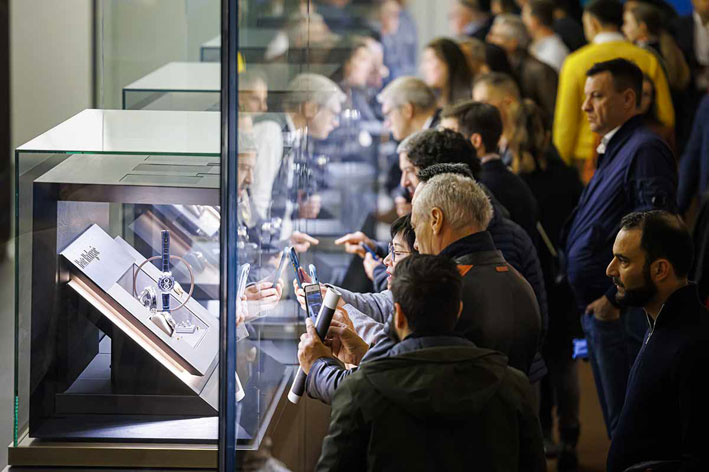
Revenge of the fairs
In a digitalized world, watch fairs still remain extremely important: nine out of ten executives consider them crucial for connecting with potential customers and expanding their audience base. «The electrifying atmosphere of watch fairs and auctions, and the experience of the spirit of the brand in-store, cannot be replicated in the digital space. However, with personalized recommendations and instant purchases via connected apps and mobile payment options, social selling will become a key sub-channel for the industry. Already well established in Asia, social commerce transforms screen time into a rewarding and shoppable experience,” says Karine Szegedi, Consumer and Fashion & Luxury sector leader at Deloitte Switzerland.
India on the rise
Executives overwhelmingly identify India as the next major growth market for the watch industry, with the country becoming the most cited answer to this question for the first time. In the first eight months of 2023, India recorded healthy growth in exports, with the value reaching 133.7 million Swiss francs, an increase of 18.5% compared to the same period last year and a increase of almost 60% compared to the first eight months of 2021.
Consumer responses provide some insight into why. Of those surveyed, 94% of participants in India were more likely to wear a watch, a percentage that was only matched by the United Arab Emirates. While current statistics place India only 22nd in the world for Swiss watch exports in terms of value, the industry believes this will change. «India is a fascinating market. The consumer base is not only large, but is also increasingly affluent and appreciates luxury, qualities that are attracting the attention of the industry. By 2028, we expect export sales of Swiss watches to India to reach over 400 million Swiss francs. And we believe that India will enter the top 10 Swiss export markets within a decade,” explains Szegedi.
The hour of sustainability
As in previous years, sustainability remains crucial to the watch industry, but the motivation has changed, adds Szegedi: «The survey reveals a crucial shift. Sustainability has moved from a consumer-driven demand to an industry-driven mission. Over two-thirds of participants indicate that sustainability is part of their business strategy, and they are investing in areas such as circularity or governance structures.” For brands, certified ethical gold (86%), recycled materials (76%) and leather alternatives (74%) will play a very important or important role in the next five years. 34% would choose a watch produced by a brand focused on sustainability, while only 25% would prefer a brand that focuses on its image.

It’s India time for Swiss watches
Tags:
Latest from Orologi
The passage of time is a mystery described by physics, but still obscure for the life
Rolex and collectible watches from other brands up for auction with Nomisma Aste. The auction is
Watches and Wonders Geneva announces a record edition, with positive expectations for the fine watchmaking sector.
News from Watches and Wonders, the Geneva show that brings together 54 high-end watchmaking brands. In
Angelus Swiss watches have marked the history of hands. The company, founded in 1881 by brothers

